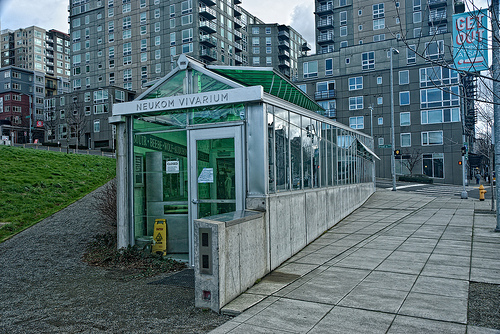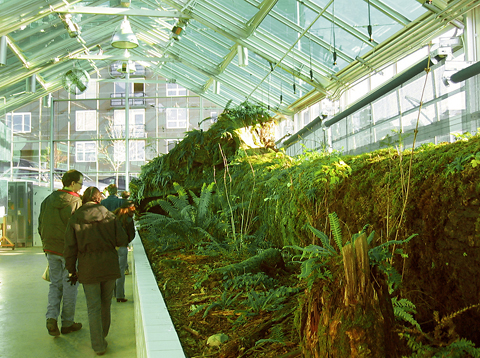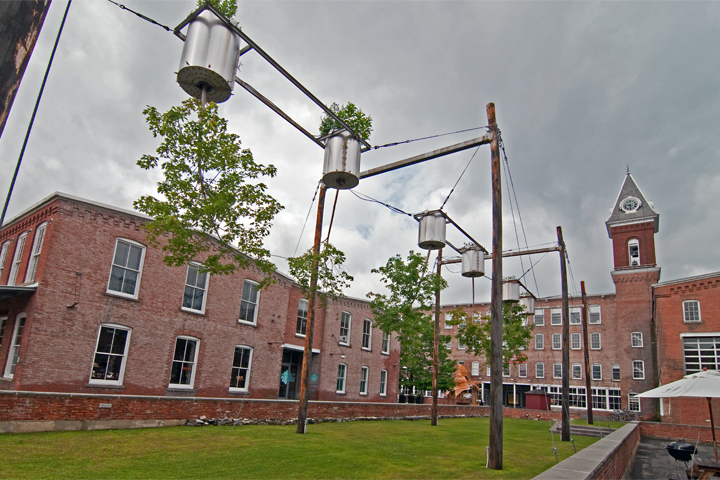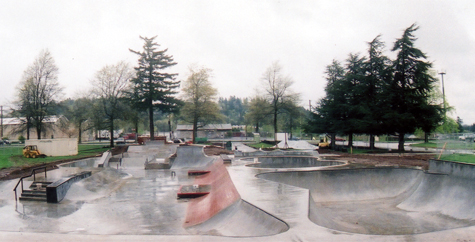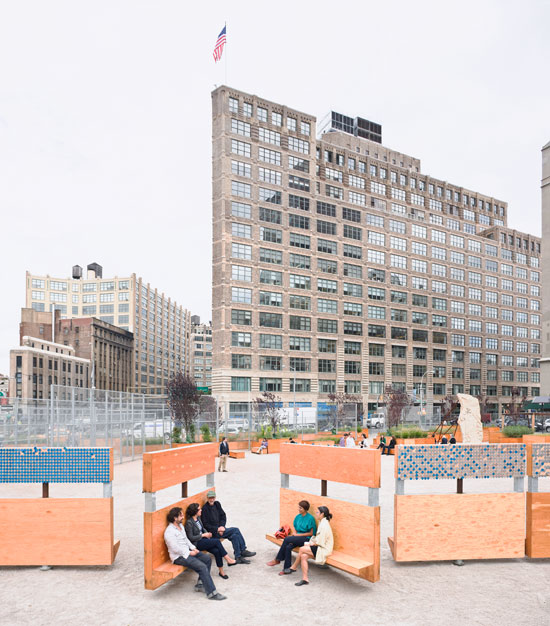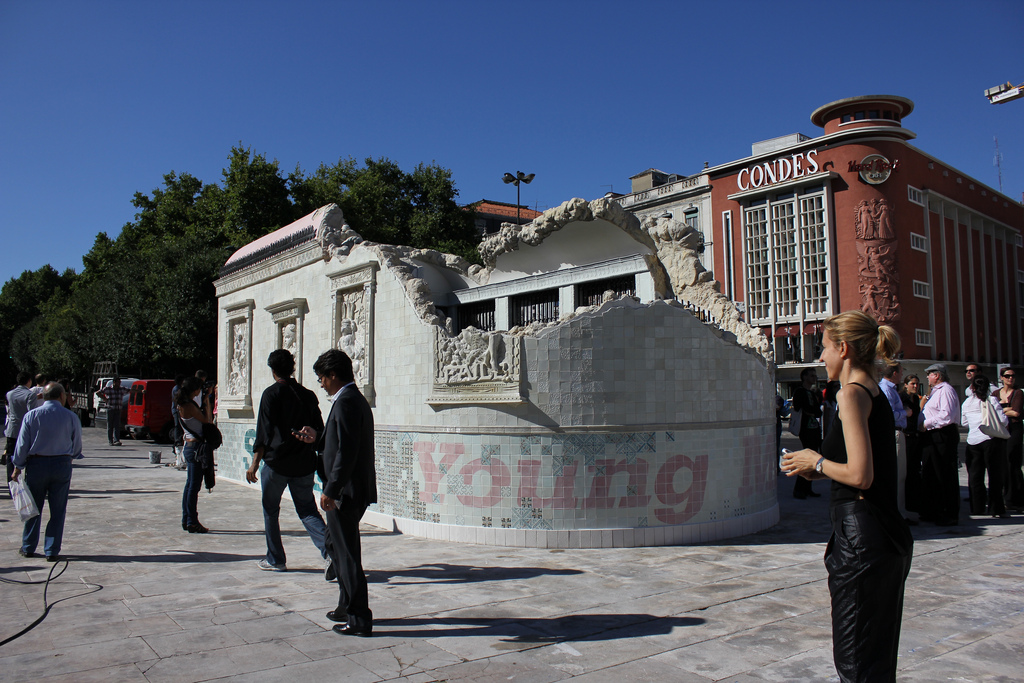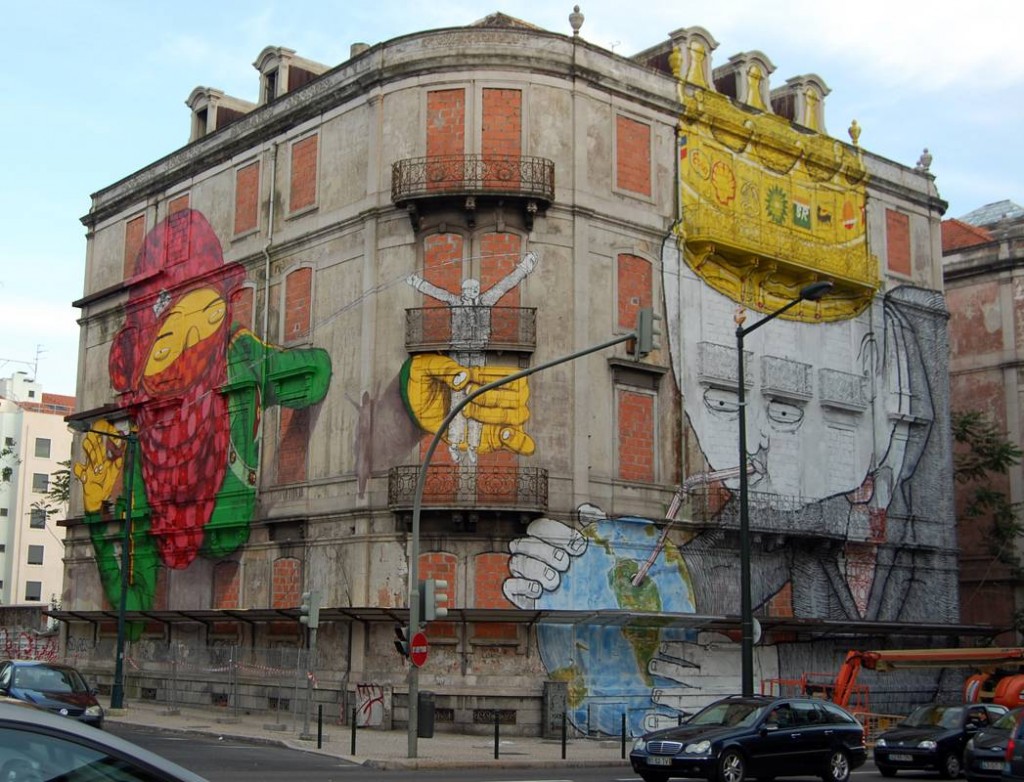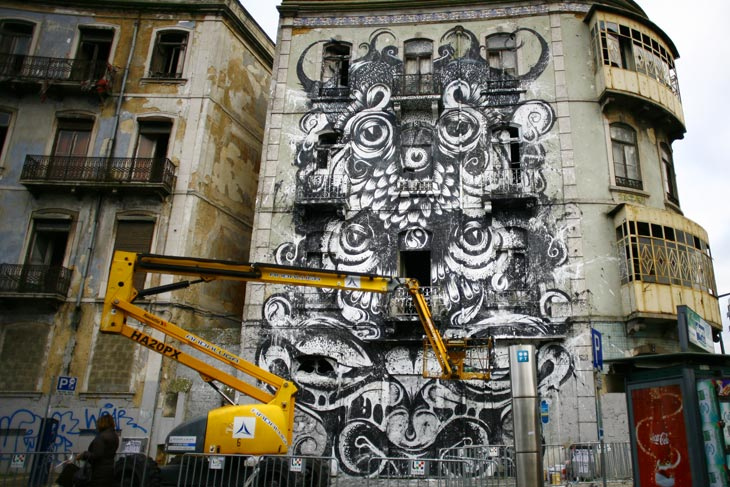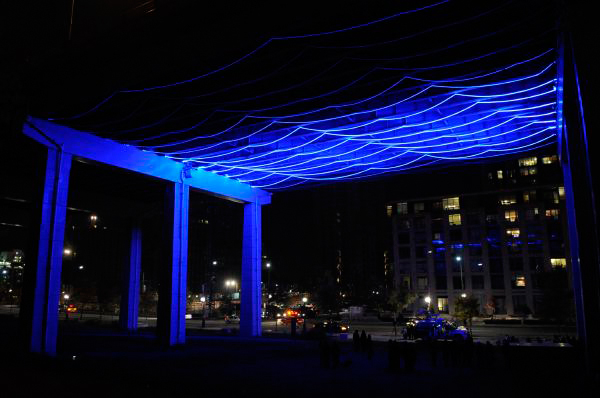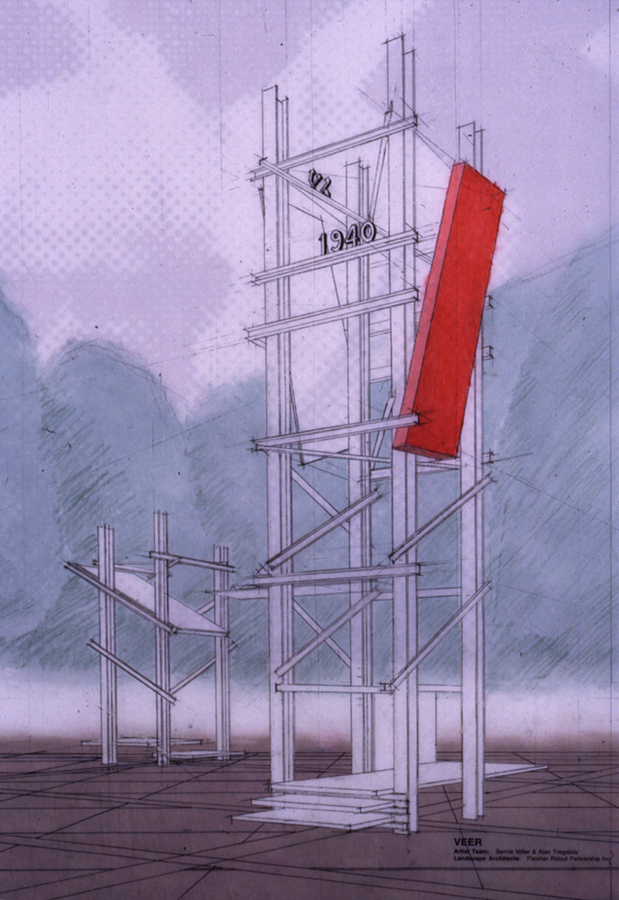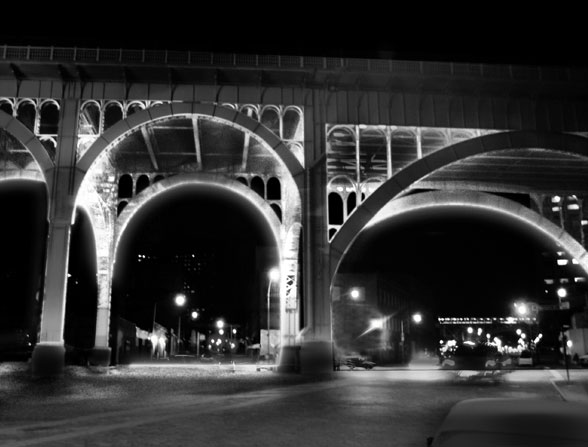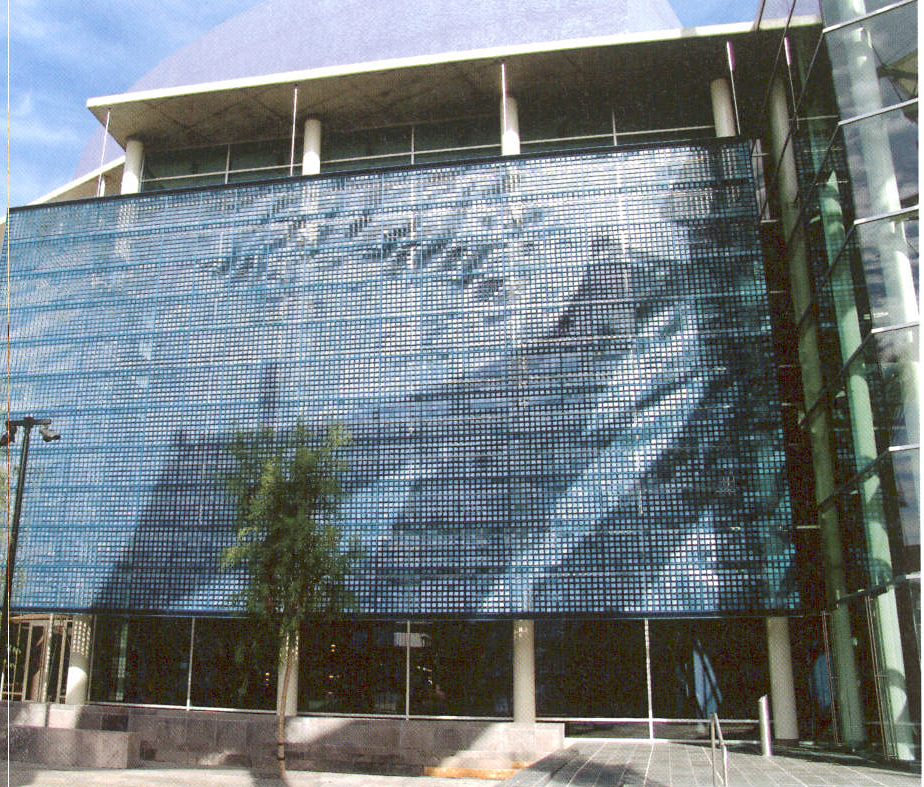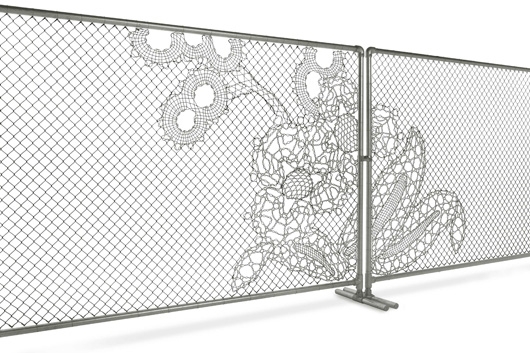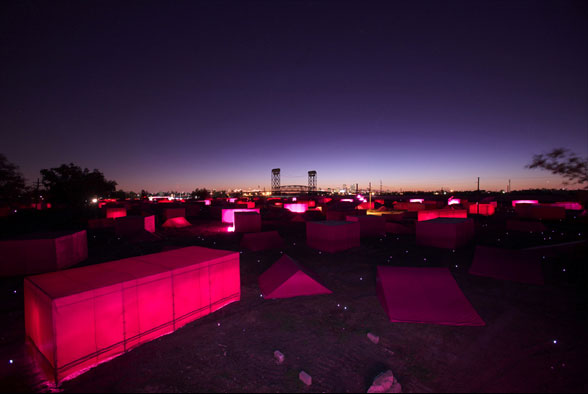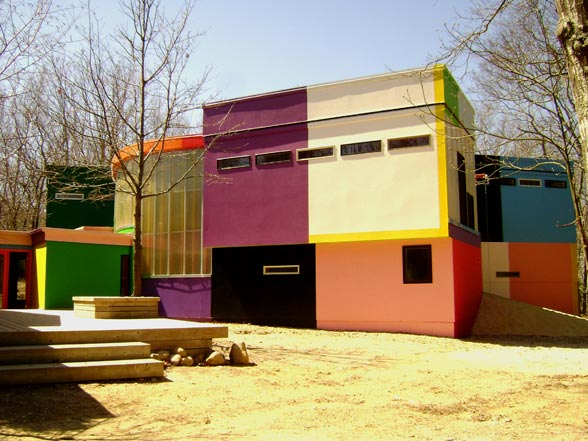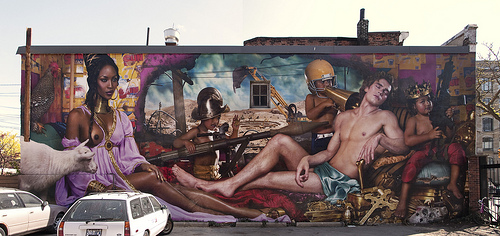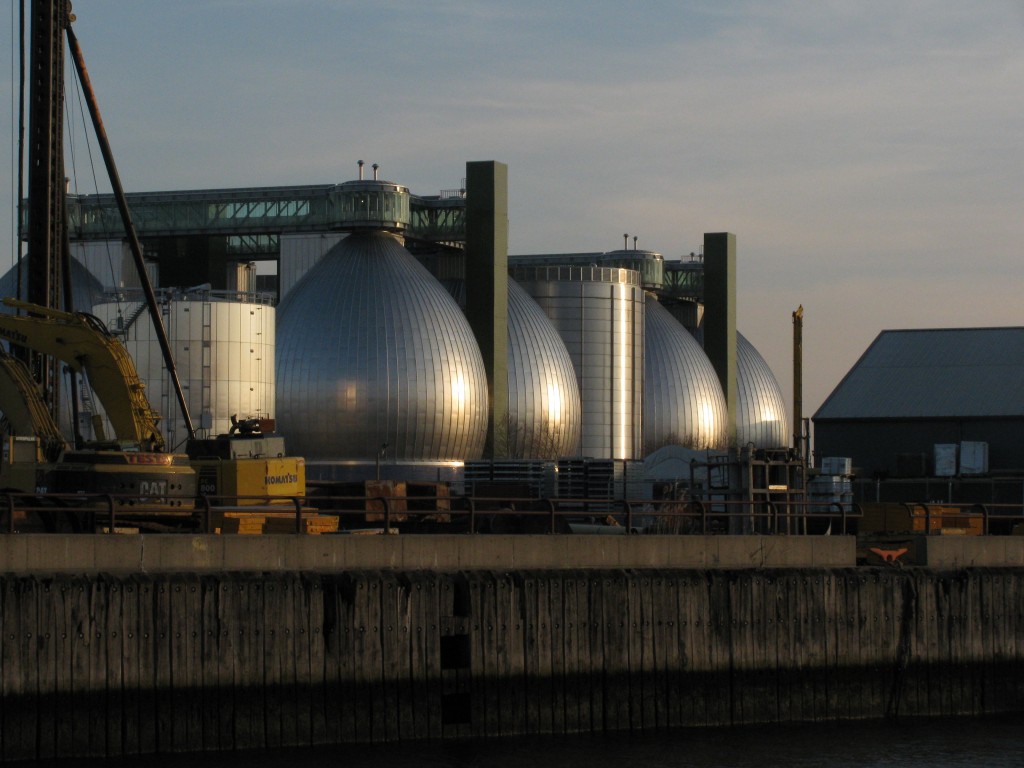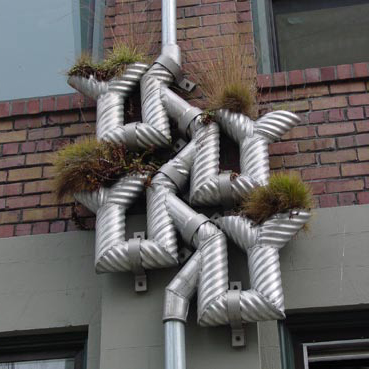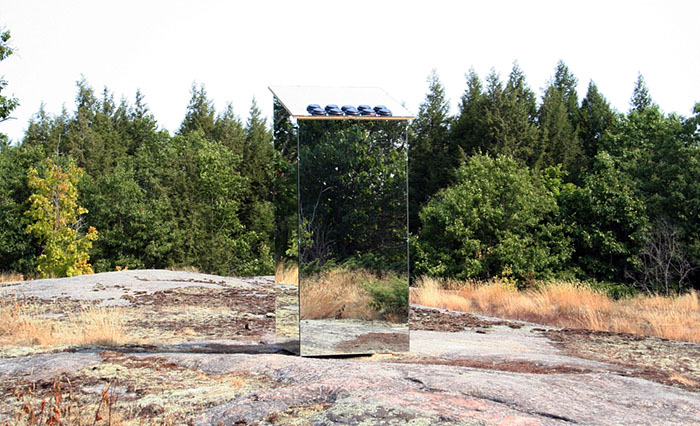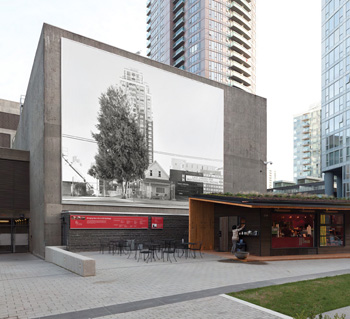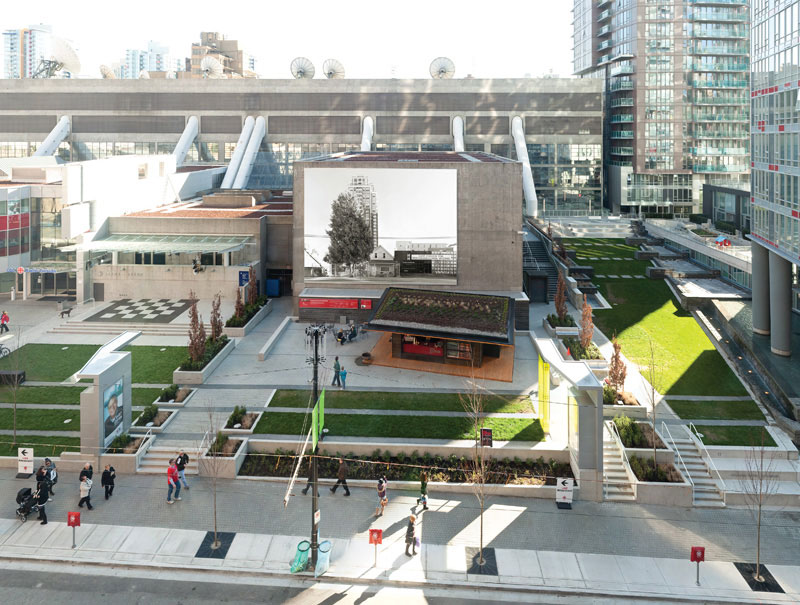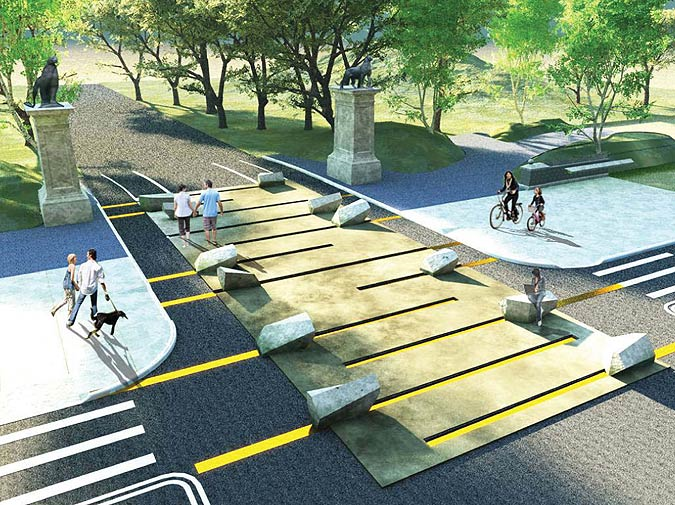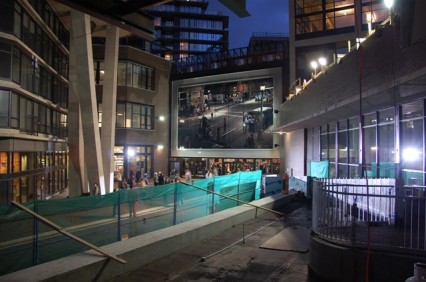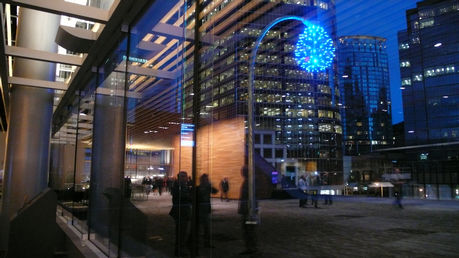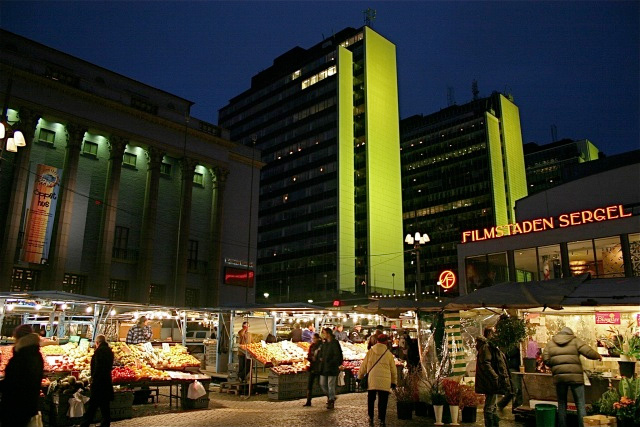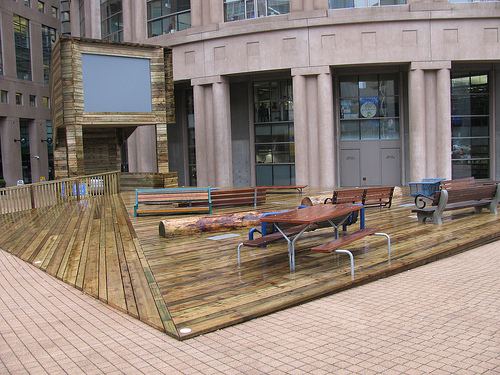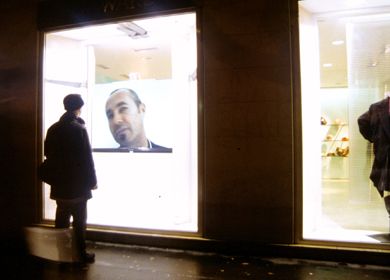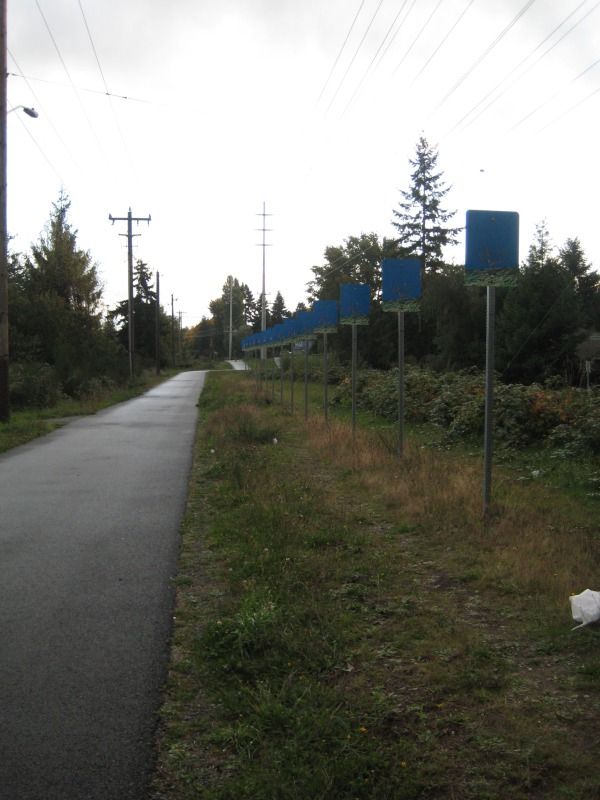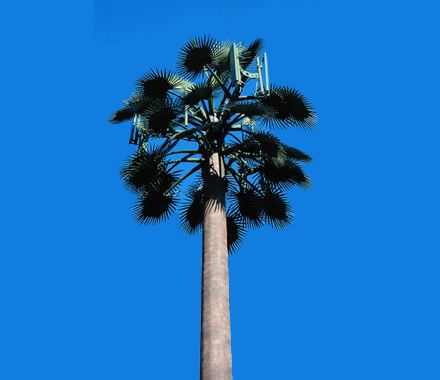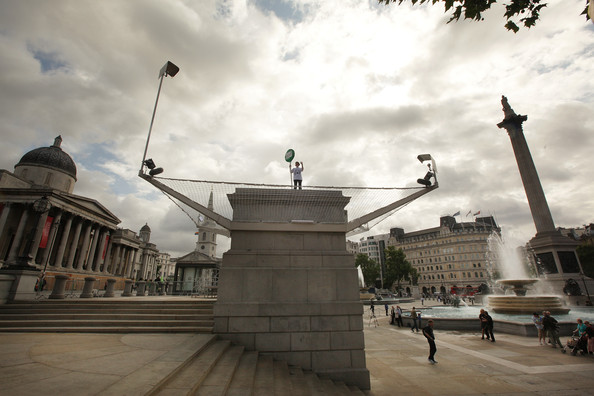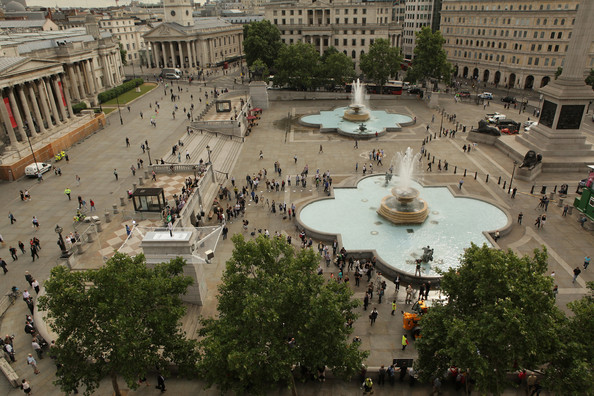Active 18 adores and admires many organizations. One of our favourites is Creative Time in New York.
Mission Statement for Creative Time – one of our inspirations.
Creative Time strives to commission, produce and present the most important, ground-breaking, challenging and exceptional art of our times; art that infiltrates the public realm and engages millions of people in New York City and across the globe. We are guided by a passionate belief in the power of art to create inspiring personal experiences as well as foster social progress. We are thrilled when art breaks into the public realm in surprising ways, reaching people beyond traditional limitations of class, age, race and education. Above all, we privilege artists’ ideas. We get excited about their dreams and respond to them by providing big opportunities to expand their practices and take bold new risks that value process, content and possibilities. We like to make the impossible possible, pushing artists beyond their comfort levels, just as they push us beyond ours. In the process, artists engage in a dynamic conversation between site, audience, and context, offering up new ideas about who an artist is and what art can be, pushing culture into fresh new directions. In the process, our artists’ temporary interventions into public life promote the democratic use of public space as a place for free and creative expression.
We hope, over time, to craft our own Mission statement. But, heck, they say it pretty well. Thank you Creative Time!
OtherSights
Vancouver is light years ahead of Toronto in it’s commissioning of Public Art projects. We are inspired by the committed group of individuals who work to bring excellent projects to the public sphere. Barbara Cole has given Active 18 much support and advice over the past 5-6 years. Thanks Barbara Cole!
Active 18 Research Notes.
The works in the images here play with:
Greenhouse as Art and Public space
Artist Mark Dion created a greenhouse/public art work for Seattle. [see the official site here].
My art asks you to think about both nature and sculpture not as objects, but as processes. –Mark Dion
Neukom Vivarium is a hybrid work of sculpture, architecture, environmental education and horticulture that connects art and science. Sited at the corner of Elliott Avenue and Broad Street, it features a sixty-foot-long “nurse log” in an eighty-foot-long custom-designed greenhouse. Set on a slab under the glass roof of the greenhouse, the log has been removed from the forest ecosystem and now inhabits an art system.
Alternate Activities
Pond as Art
Tingley fountain in Basel – frozen.
Tingley fountain video. – fun.
Art in Odd Places
Visit the site of Art In Odd Places for dozens of public art works in … odd places (NYC)
skateparks
To see an array of skateparks that have been built. [click here]
Furniture as art
For the full LentSpace project visit the site.
Squares in Portugal
Painted Walls
Here is a link to a 7 minute video on some fabulously creative graffiti artists called BluBlu. [vimeo]
Projects using Light
Fences as Art
Colour
‘The Wall’ – space for large scale photographic mural projects. Vancouver, BC
THE WALL will feature a changing program of artworks that respond to and reflect upon Vancouver’s built environment. Other Sights for Artists’ Projects is pleased to be involved in this collaborative initiative as the curator of the inaugurative project, Last Chance.
Giant Sliding Stones as bollards – New York City.
Since Prospect Park’s Third Street entrance closed to non-essential automobile traffic in 2009, a dowdy metal police barricade has served as the formal entryway for pedestrians and cyclists. In December, the Park Slope Civic Council, seeking to rally support for designing a new approach to the park, announced a concept by New York architects Jordan Yamada and Peter Zaharatos as the winner of its Prospect Park Gateway Design Competition.
Their proposal, Stone Garden, arrays a series of 12 movable granite stones outfitted with casters and set in parallel bronze tracks. Each megalith invites public interaction while creating an ever-changing field to control traffic. Yamada and Zaharatos envisioned a tranquil entry space that blends with the park’s landscape. Drawing inspiration from the mysterious movement of desert sailing stones, the concept also takes on the meditative qualities of a Zen garden.
Architect Gilly Younger, who organized the gateway competition, hopes the concept might prove viable at other Prospect Park entrances to create a uniform appearance and streamline maintenance costs. Deborah Marton, executive director at the Design Trust for Public Space, lauds the neighborhood’s efforts to advocate for better entryway design but also notes practical considerations. “It makes most sense to have a comprehensive plan taking into account traffic flows at all entrances,” says Marton. Private funds are currently being sought to build a prototype of Stone Garden as an art installation.
Large Scale Photo-Transparencies – (Riot of 1971 – by Stan Douglas at Simon Fraser University downtown campus)
Stan Douglas ‘re-enacts’ a specific charged riot from 1971 at the site that the piece is installed. Resonant because it acknowledges the local history through the vehicle of contemporary artwork.
Lighting systems designed by artists.
Candelabrum, by Germain Koh, Vancouver, BC. The LEDs are animated by exterior weather conditions — glowing, sparkling or dimming in response to humidity, rain and wind, measured by sensors integrated into the electronic system. Individual LEDs sparkle when rain falls, while gusts of wind dim the side of the chandelier that they hit. On clear and calm days, the piece remains constant.
Urban Screens for film and video presentations.
Christian Kliegel’s architecturally inspired structure on the Vancouver Central Library’s north plaza serves as an open-air theatre for Here You Are, an outdoor exhibition of video, still and performance works by local artists. Curated by Cate Rimmer, curator for the Charles H. Scott Gallery at Emily Carr University of Art and Design, the installation will feature six different exhibition programs over the year.
Walk In/Here You Are invites visitors to interact with the installation’s physical components and to use it as an outdoor social space while viewing works by both established and emerging Vancouver artists.
Interactive windows
Signage as Art (imagine a Flip Book as you run past)
Cell phone tower – disguised as art AND offering free wifi connection at park
Live Sculpture- The Fourth Plinth (Trafalgar Square, London, UK)
Over the past four years the ‘empty’ fourth plinth in the Northwest corner of Trafalgar Square has been home to some of the world’s most innovative artworks. The Plinth was originally designed by Sir Charles Barry in 1841 to display an equestrian statue, however due to insufficient funds the statue was never completed. In 1998 – over one hundred and fifty years later – the Royal Society for the encouragement of Arts, Manufactures and Commerce (RSA) commissioned three contemporary sculptures by Mark Wallinger, Bill Woodrow and Rachel Whiteread to be displayed temporarily on the Plinth.
Following the enormous public interest generated by these commissions, the Mayor of London began the Fourth Plinth Commission to continue this tradition and build on its success.
35,000 people applied and were randomly selected. 2400 were selected. website.
Jason Clark, a nurse from Brighton, stands on the empty fourth plinth in Trafalgar Square on July 6, 2009 in London. The project by artist Antony Gormley entitled ‘One & Other’ will see a different person take their place on the empty fourth plinth every hour 24 hours a day for 100 days. The 2400 applicants are being chosen at random from the ‘oneandother’ website.
Sri Lankan fine art graduate Suren Seneviratne stands on the empty fourth plinth with his mobile phone number on display in Trafalgar Square on July 6, 2009 in London.
